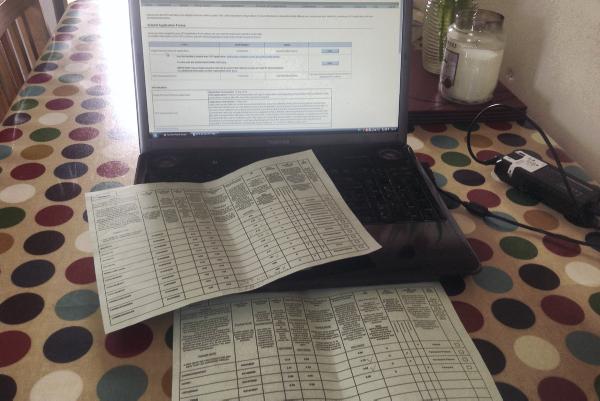I thought to begin with, I would add up this year’s parcel hectares and compare against the figure from last year. A quick litmus test for what was to come. A quick bang of the buttons on the calculator and I am 0.22 hectares short. So for us with a medium size farm I thought it was a bit much. We started to scroll through the maps and discovered that we had been deducted on four different parcels.
The frustrating part of this is everything in the fields is identical to last year and we have no scrub or overgrown areas as we are very particular about the appearance of our fields. Even more bizarre is that on three of these deducted parcels, no reason was given or red line drawn to indicate the area deducted.
So the next morning I rang the helpline number provided with no answer. I subsequently rang three times that day and twice the next day. I gave up in the end and I am currently drafting a letter looking for the re-digitising of the areas with the help of a Department official. It seems from my experience if you are not determined to follow it up and explore other avenues to get it sorted,you lose out on your payments. The helpline is not very helpful if people can’t get through.
However, I welcome the news that there might be some form of new REPS scheme on the way. We took part in REPS 4. I would say there were pros and cons but definitely more pros. The old REPS left the countryside looking a more pleasant place. We planted 300 metres of hedging and over 40 trees that are lovely to see grow. By fencing off drains we created a five-foot wildlife strip along them, which is home to all sorts of wildlife particularly pheasants in this area.
I didn’t join the AEOS as I thought it was verging on a more extreme environmental scheme that would restrict production, something which I wasn’t in favour of. In this respect, REPS was more balanced and allowed increased production as well as incorporating environmental aspects.
On the farm this week everything is relatively straightforward; the grass is growing, the cattle are thriving and the lambs are skipping - a perfect combination for any farmer.
In the coming week the cattle will start the second rotation. I was somewhat slow finishing the first rotation as the dry weather meant that cattle were eating less and utilising more. The grass is excellent quality in the second round and from the current position I should be able to skip at least one paddock for bales.






 This is a subscriber-only article
This is a subscriber-only article











SHARING OPTIONS: